How To Use Meat Cutting Machine
In the modern kitchen, whether commercial or home-based, efficiency and precision are paramount. One tool that embodies these qualities is the meat cutting machine, also known as a meat slicer or deli slicer. These machines are invaluable for their ability to produce uniform slices of meat, cheese, vegetables, and other deli products quickly and accurately. This guide will walk you through the steps on how to use a meat cutting machine safely and effectively, ensuring you get the most out of your investment while keeping safety at the forefront.
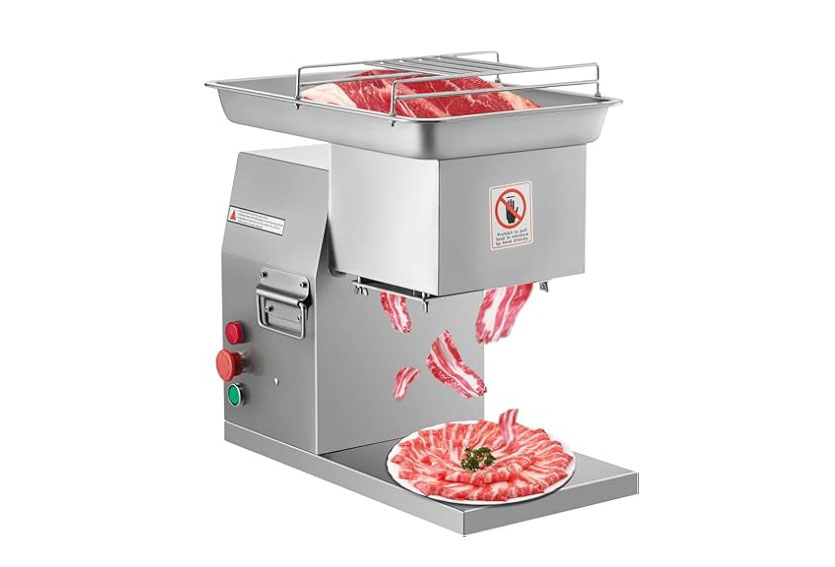
Understanding the Meat Cutting Machine
What is a Meat Cutting Machine?
Types of Meat Cutting Machines
Setting Up Your Meat Cutting Machine
Safety First
Preparing the Machine
How to Use a Meat Cutting Machine
Step-by-Step Instructions
Cleaning and Maintenance
Cleaning the Meat Slicer
Sharpening the Blade
Safety Tips for Using a Meat Cutting Machine
General Safety Tips
What to Avoid
Frequently Asked Questions (FAQs)
1. Can I use a meat cutting machine for frozen meat?
Yes, but only if the machine is designed for frozen cuts. Check the manufacturer's specifications to ensure it can handle frozen meat. Some machines come with stronger blades and motors to cut through frozen meat, while others may get damaged or clogged.
2. How often should I clean my meat cutting machine?
It’s essential to clean the machine thoroughly after each use to maintain hygiene and performance. For machines used frequently, consider doing a deep clean weekly, ensuring that all components are sanitized and free from any food debris.
3. Is a manual or automatic machine better?
It depends on your needs. Manual machines are cost-effective and offer more control, making them ideal for small-scale use. Automatic machines, on the other hand, are designed for high-volume operations and require less manual effort, providing more efficiency in larger meat processing environments.
4. How do I know when the blades need sharpening?
If the machine struggles to cut meat or produces uneven cuts, it’s a sign that the blades may need sharpening. Additionally, if the meat becomes squashed instead of sliced cleanly, the blade might be dull. Regular blade inspection and sharpening help maintain optimal performance.
5. Can I use a meat cutting machine for vegetables?
Some meat cutting machines are versatile enough to handle vegetables, but always refer to the user manual to check compatibility. Using the wrong machine for vegetables could result in damage or unsatisfactory results. There are also dedicated vegetable slicers that might work better for such tasks.
6. Can I cut bone with a meat cutting machine?
Some meat cutting machines, like bone saws, are specifically designed for cutting through bones. Standard meat slicers or grinders, however, are not suitable for bone cutting and could damage the blades or motor. Always ensure you're using the right type of machine for the task at hand.
7. How can I avoid overloading the machine?
To avoid overloading the machine, always feed the meat in small, manageable pieces and avoid pushing it too hard toward the blade. Overloading can strain the motor, causing overheating or jams.
8. What should I do if the motor is overheating?
If the motor is overheating, turn off the machine immediately and allow it to cool down. Prolonged use without breaks can cause the motor to overheat. Ensure the machine is well-ventilated, and never push the machine beyond its recommended operating capacity.
9. Can I use a meat cutting machine for both raw and cooked meat?
Yes, many meat cutting machines are versatile enough to handle both raw and cooked meat. However, it’s important to thoroughly clean the machine between uses to avoid cross-contamination.
10. How do I store my meat cutting machine when not in use?
Store your meat cutting machine in a clean, dry place to avoid rust or contamination. Disassemble and clean all components before storage, and keep it in a safe spot to prevent accidents.
Conclusion
Must-Read Blogs For Chain Restaurants Owner

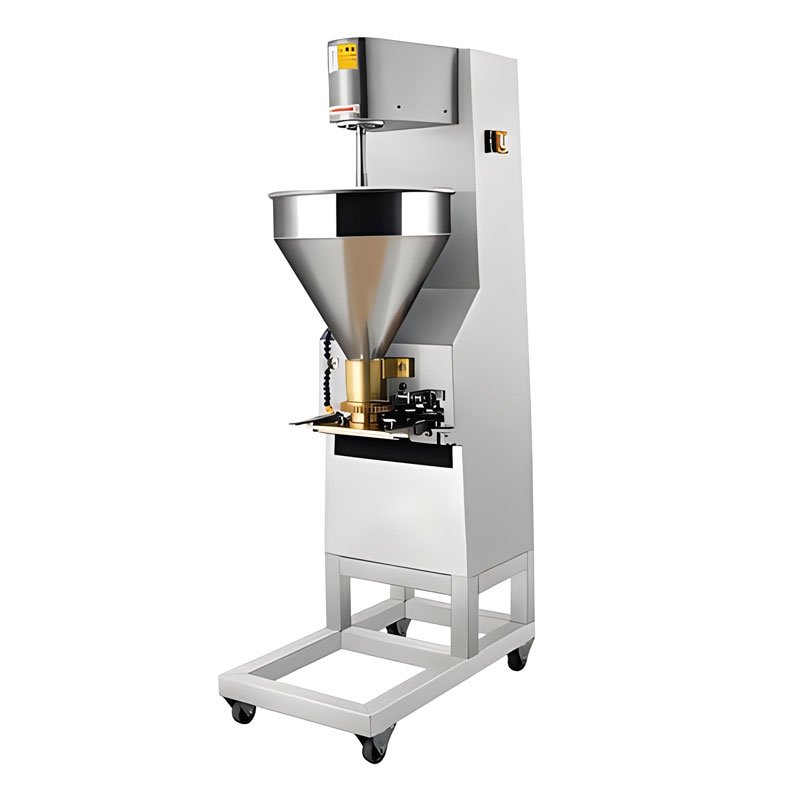
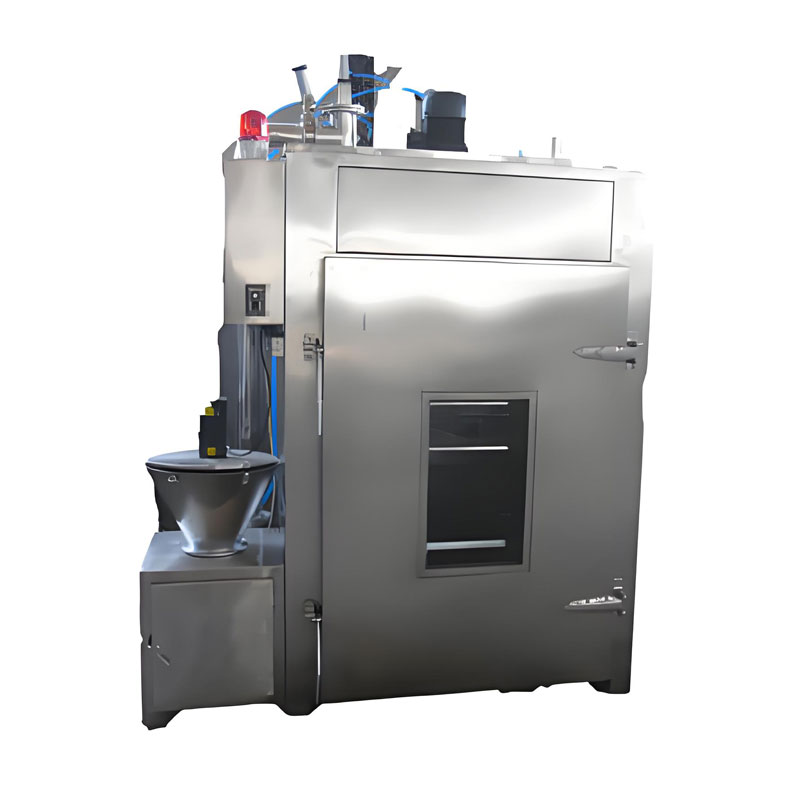
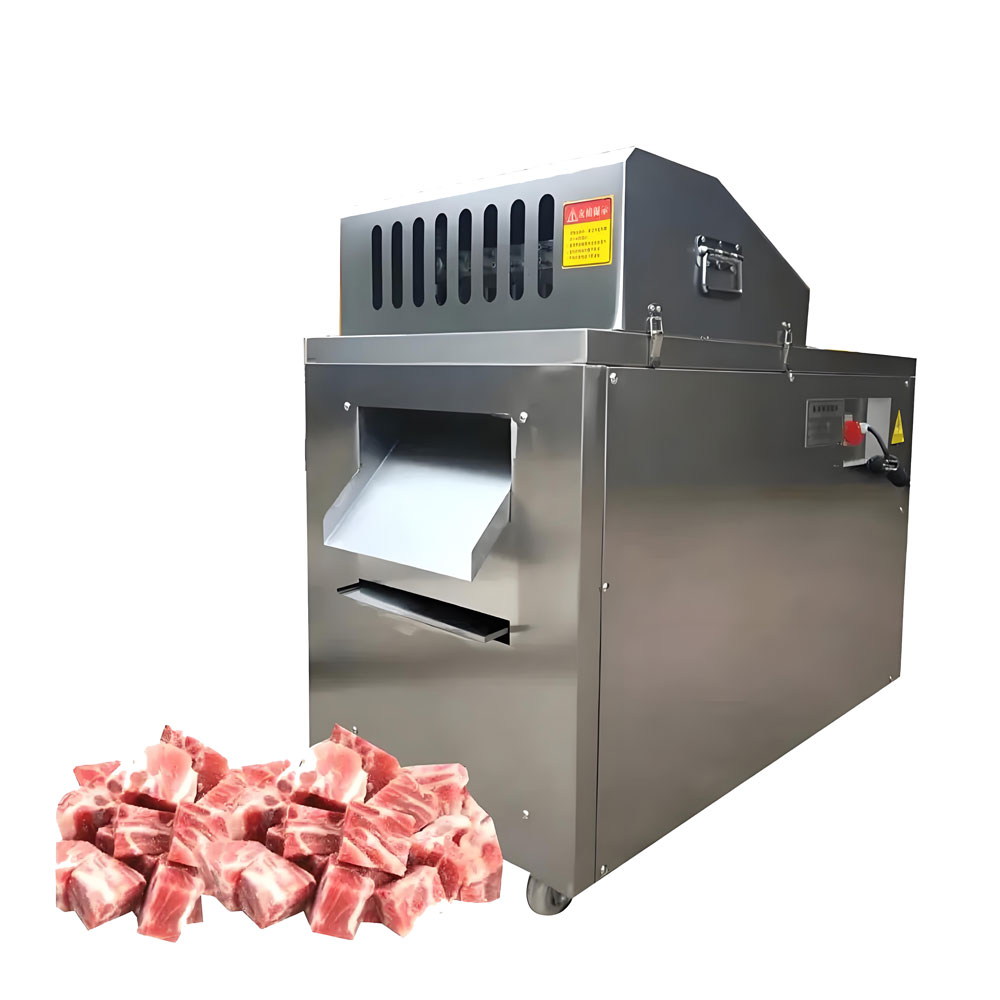
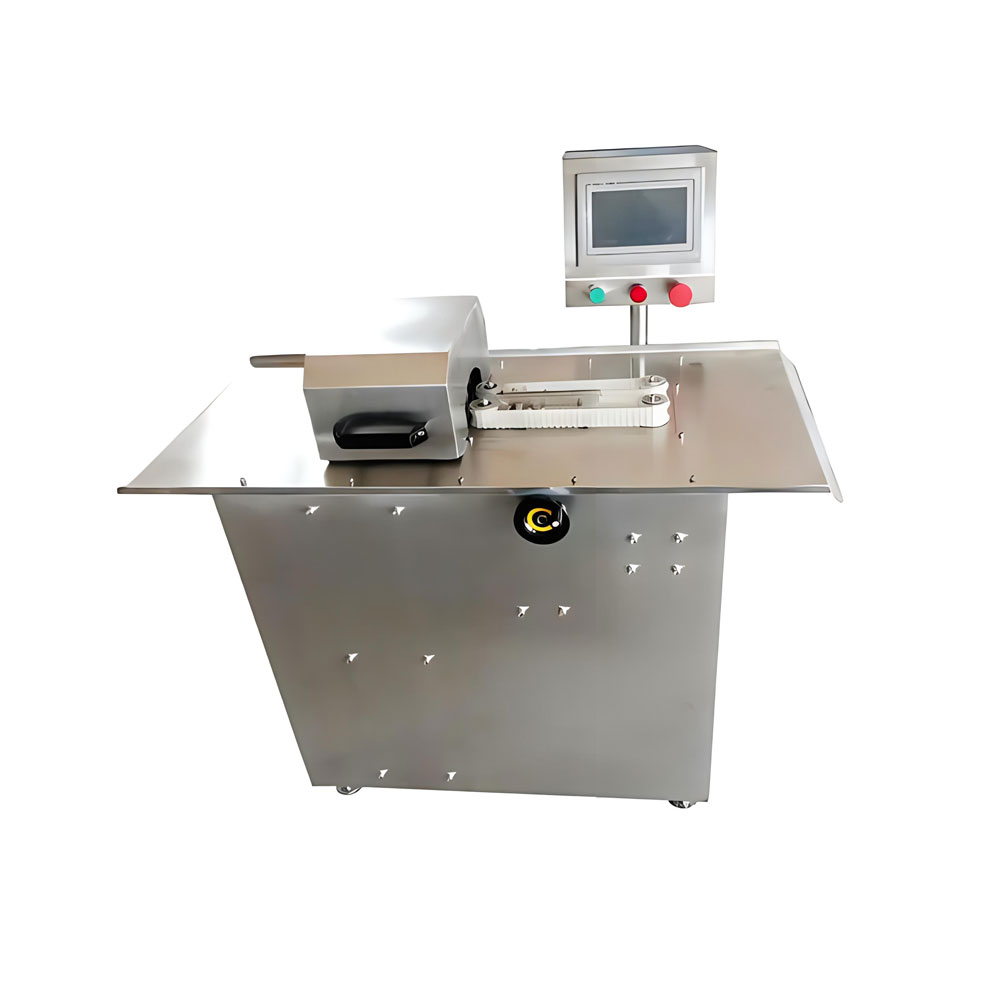
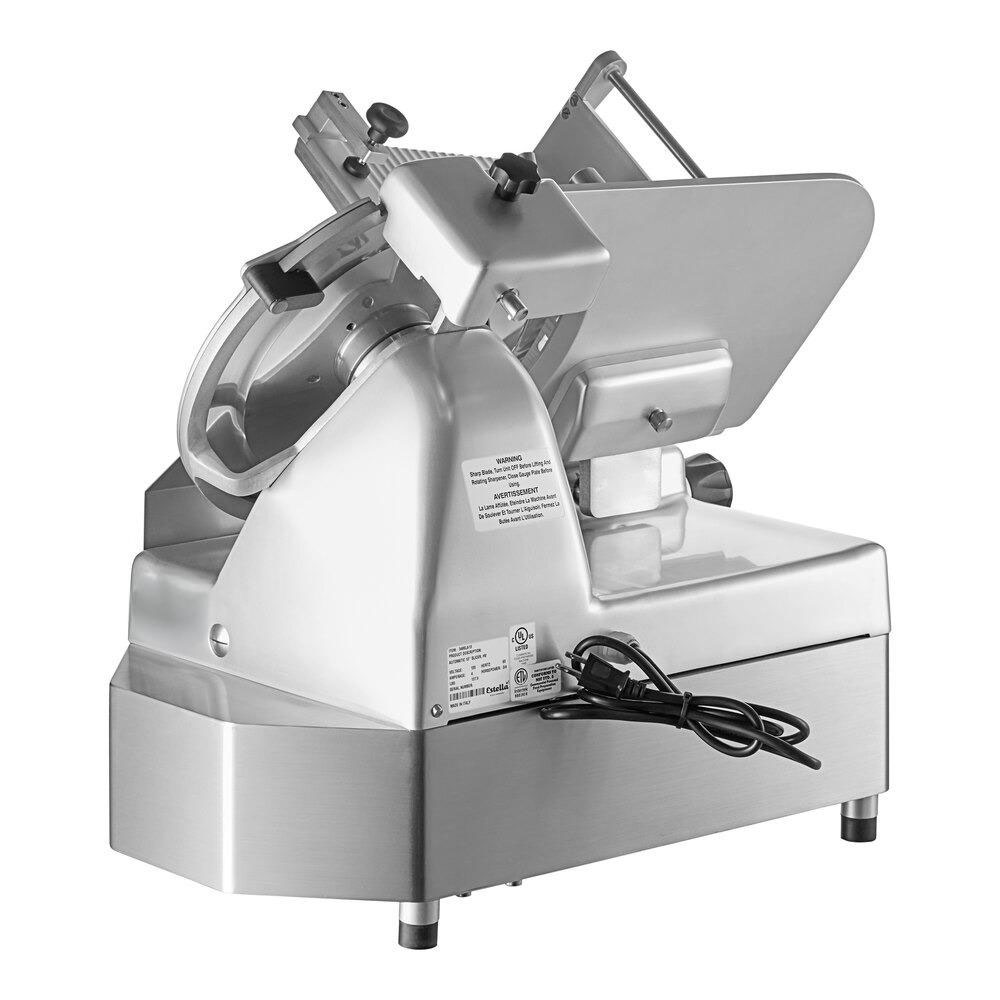
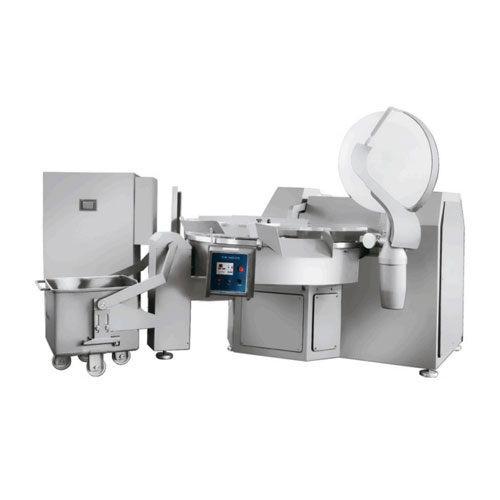
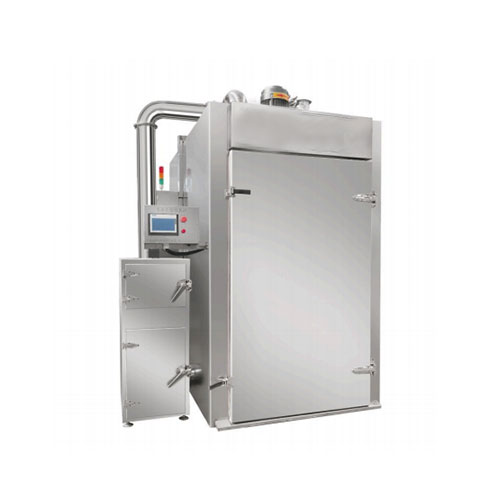
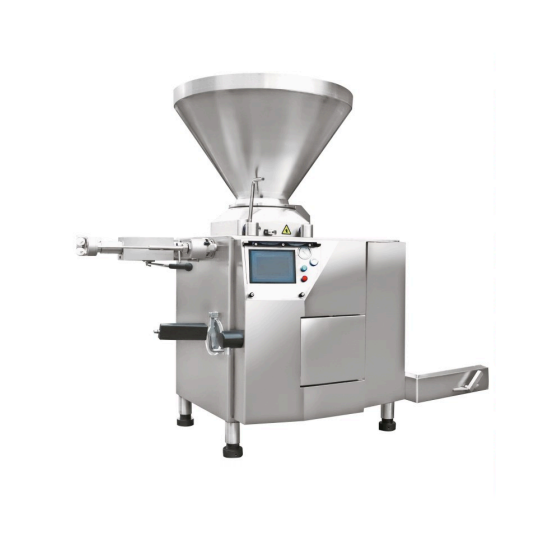
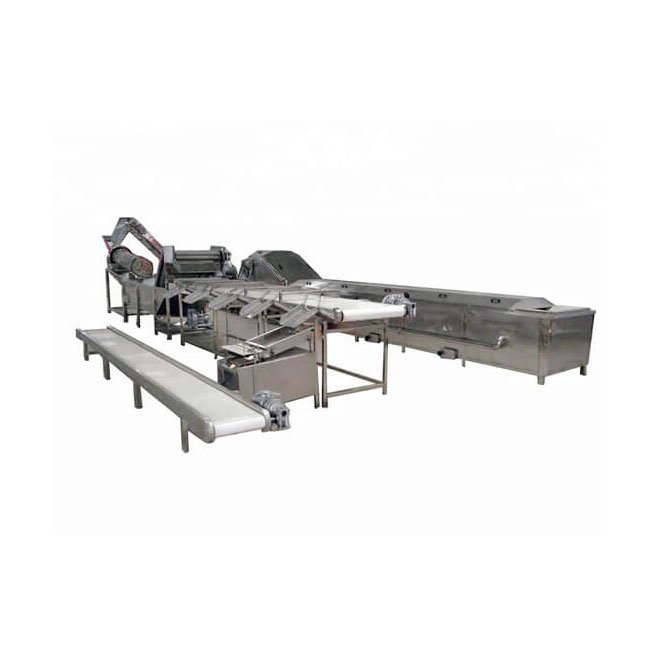
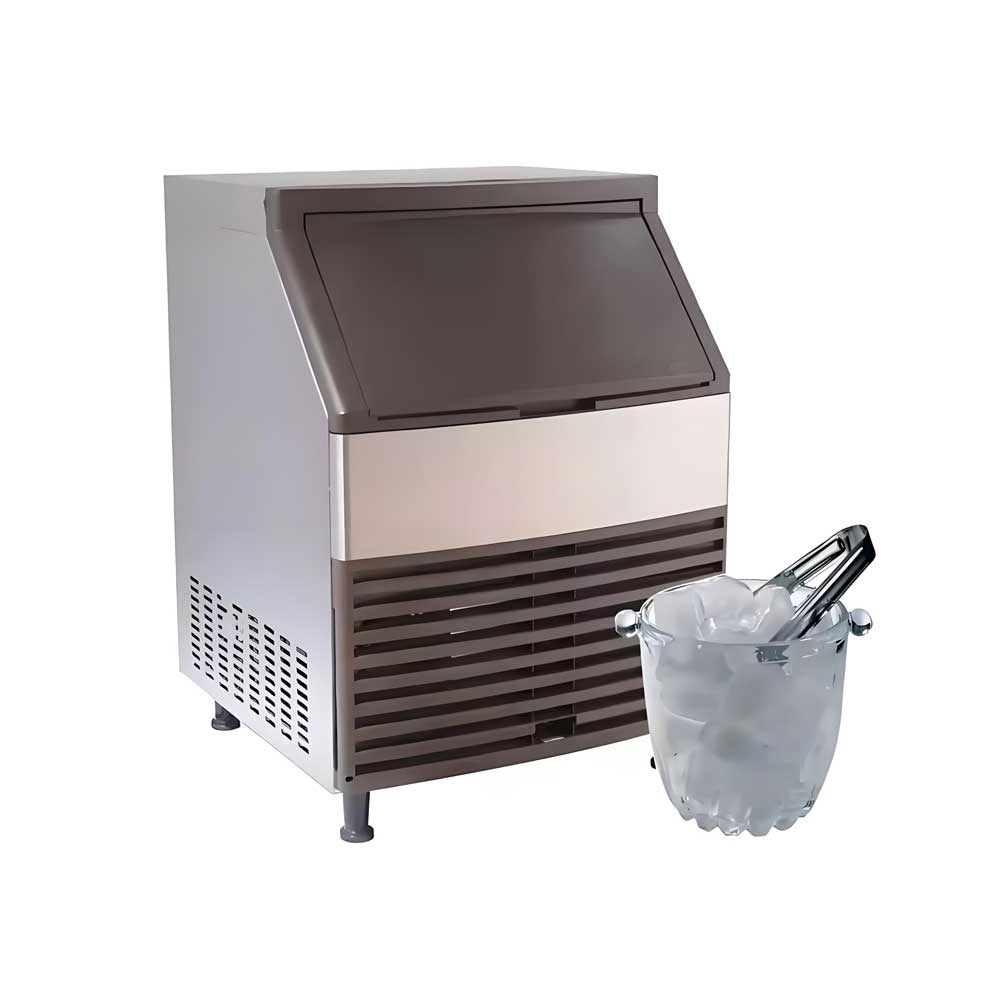
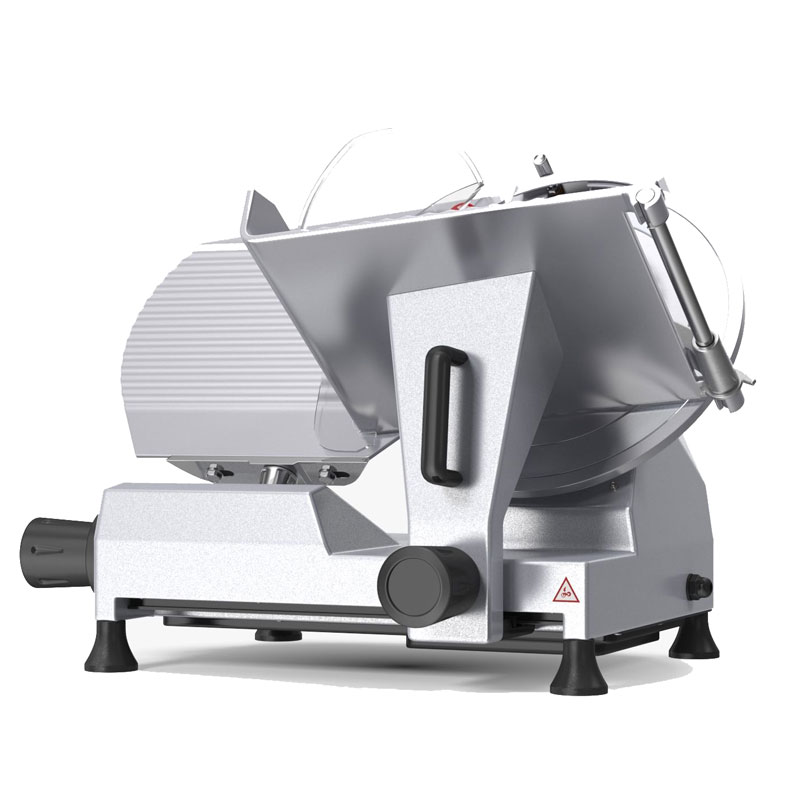 Heavy Duty Meat Slicer Machine
Heavy Duty Meat Slicer Machine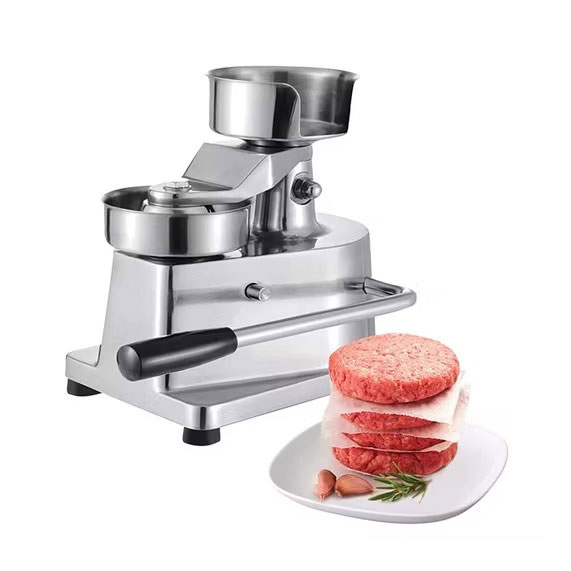 Meat Pie Maker Machine
Meat Pie Maker Machine
Ready to Get Started?